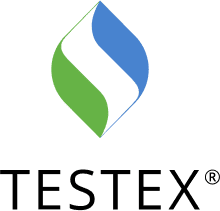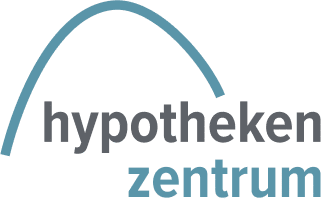soxes understands that time and flexibility are very important to its customers. That is why we rely on the concept of Infrastructure as Code (IaC) when developing their software.
This enables soxes to offer its customers an IT infrastructure that can be quickly adapted to changing requirements without the need for costly manual configurations. It also makes the IT infrastructure secure, reliable and more flexible. This enables the company to offer its customers customized software that is precisely tailored to their needs and helps them achieve their business goals.

















































